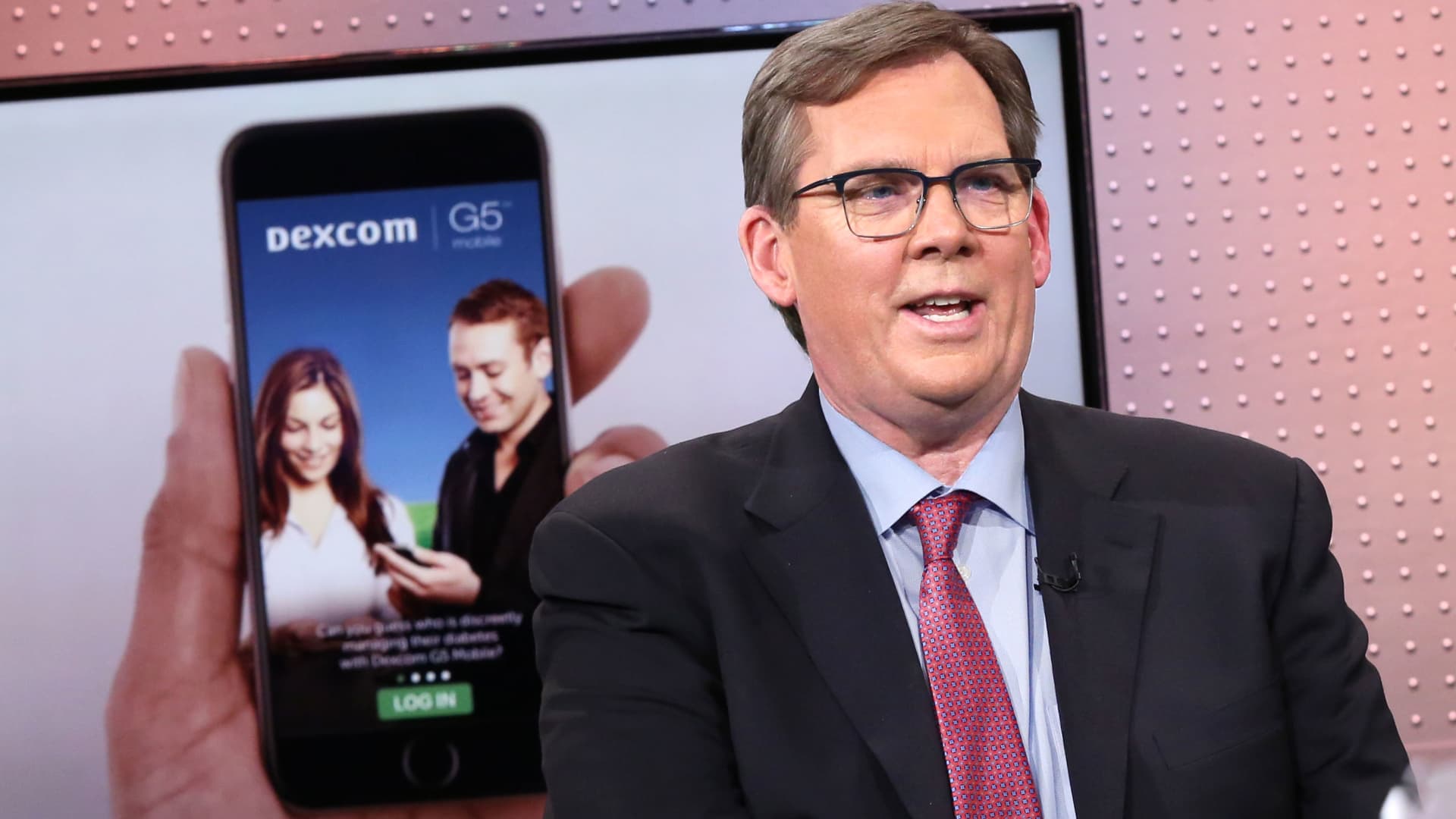The United Nations (UN) has warned that global temperatures might momentarily break the 1.5 degrees Celsius threshold over pre-industrial levels within the next five years. The report few years after the 2015 Paris Climate Agreement, where participant countries agreed to limit global warming to well below 2 degrees Celsius over levels measured between 1850 and 1900, and to 1.5 degrees Celsius, if possible. According to a new climate update released by the UN’s World Meteorological Organisation (WMO), for at least one of the next five years, there is a 50-50 possibility that the annual average global temperature will rise by 1.5 degrees Celsius above pre-industrial levels — and the likelihood is growing.
At least one year between 2022 and 2026 has a 93 percent chance of becoming the warmest on record, displacing 2016 from the top spot, said the WMO.
To create meaningful information for decision-makers, WMO’s annual update draws on the knowledge of internationally renowned climate scientists and the best prediction tools from leading climate centres across the world.
Since 2015, when it was close to zero, the likelihood of temporarily topping 1.5 degrees Celsius has slowly increased. Between 2017 and 2021, there was a 10 percent possibility of exceeding the target. For the years 2022-2026, that likelihood has climbed to about 50 percent.
Petteri Taalas, WMO Secretary-General, said their analysis reveals that the world is getting significantly closer to temporarily meeting the lower target of the Paris Climate Agreement. Taalas added that the figure of 1.5 degrees Celsius was not a coincidence, but more of a predictor of when climate impacts will become more destructive to individuals and the Earth as a whole.
The Paris Agreement sets long-term goals for all nations to follow in order to significantly reduce global greenhouse gas emissions and keep global warming below 2 degrees Celsius this century, while simultaneously pursuing measures to keep it below 1.5 degrees Celsius.
Taalas said that temperatures will continue to increase as long as people continue to emit greenhouse gases. Along with this, the oceans will continue to get warmer and become more acidic, sea ice and glaciers will melt, sea levels will rise, and the weather will become more extreme. Arctic warming is disproportionately high, and what happens in the Arctic impacts everyone.
Dr Leon Hermanson, who led the report, said though a single year of temperature rise above 1.5 degrees Celsius does not indicate the Paris Agreement’s iconic threshold has been broken, it does show that the Earth is getting closer to a point where 1.5 degrees Celsius might be exceeded for an extended period.
According to the provisional WMO report on the state of the global climate, the global average temperature was 1.1 degrees Celsius above the pre-industrial baseline in 2021.










